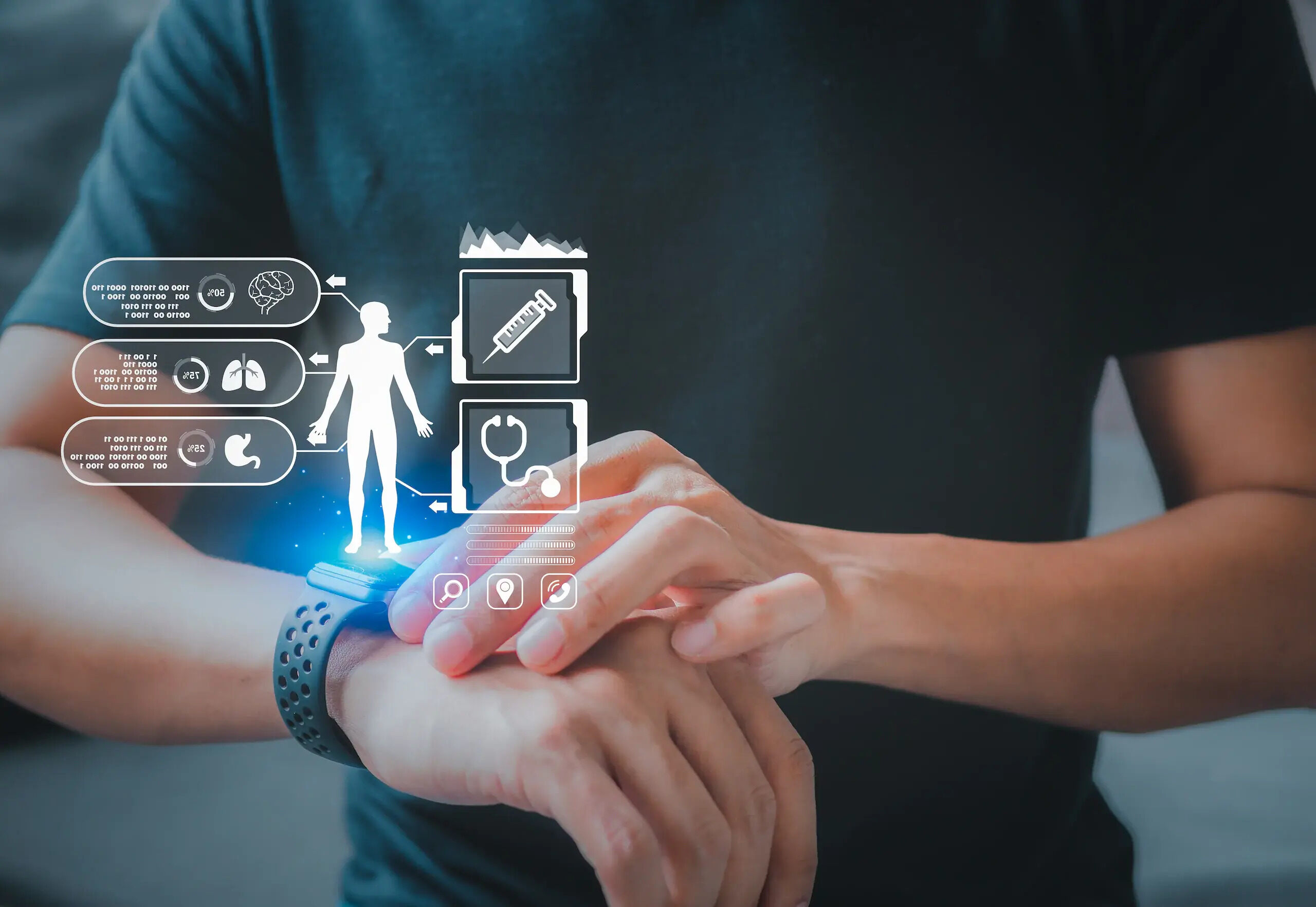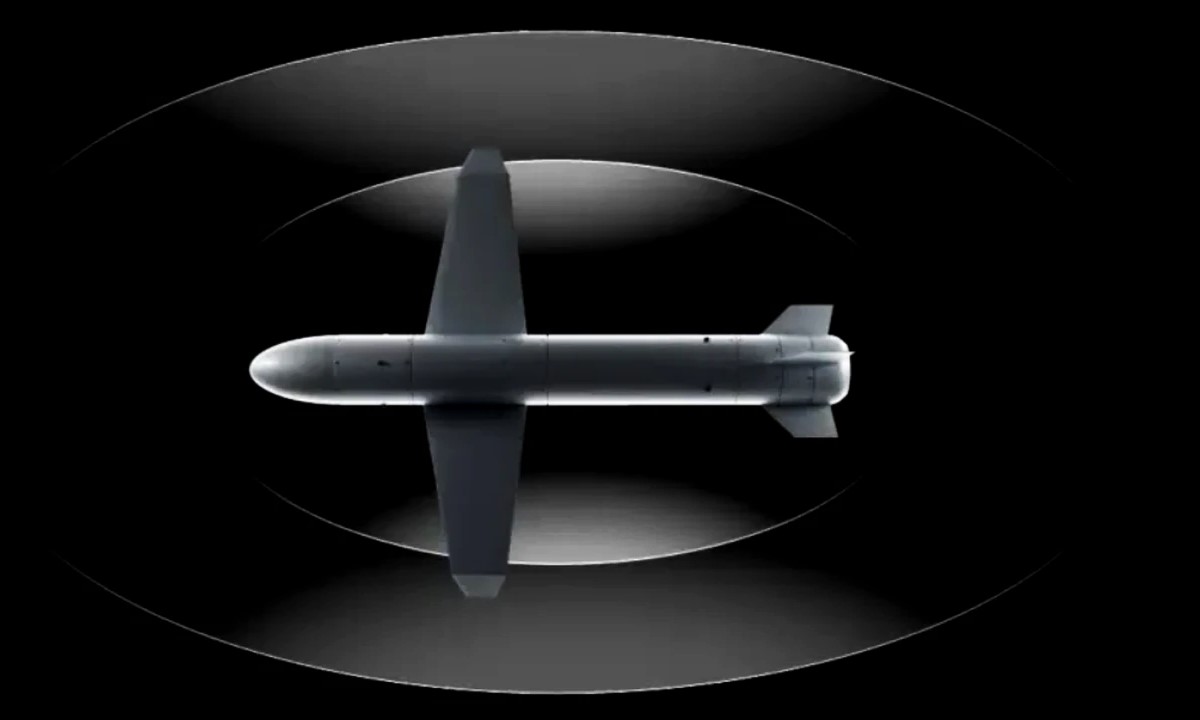
Wearable technology has become a part of our daily lives, blending seamlessly with our routines. From fitness trackers to smartwatches, these gadgets offer more than just style. But what makes wearable technology so fascinating? These devices can monitor health, track fitness goals, and even keep us connected with notifications. They have revolutionized how we interact with technology, making it more personal and accessible. Imagine having a personal assistant on your wrist or a health monitor that keeps tabs on your well-being. Wearable tech isn't just a trend; it's a glimpse into the future of how we live and work. Ready to dive into some intriguing facts about these innovative gadgets? Let's get started!
Key Takeaways:
- Wearable technology, from smartwatches to fitness trackers, is revolutionizing health monitoring and everyday life. It's like having a personal assistant on your wrist, keeping you healthy and connected on the go.
- The future of wearable tech is full of exciting possibilities, from flexible electronics to smart contact lenses. It's like stepping into a sci-fi movie, where your clothes and accessories can do so much more than just look good.
What is Wearable Technology?
Wearable technology refers to electronic devices designed to be worn on the body. These gadgets often track health metrics, provide notifications, or enhance daily activities. Let's dive into some fascinating facts about wearable tech.
-
First Wearable Device: The first wearable tech device was a calculator watch introduced in the 1970s. It combined the functionality of a calculator with the convenience of a wristwatch.
-
Fitness Trackers: Fitness trackers like Fitbit can monitor steps, heart rate, sleep patterns, and even stress levels. They help users maintain a healthy lifestyle by providing real-time feedback.
-
Smartwatches: Smartwatches, such as the Apple Watch, offer features like GPS navigation, phone calls, and text messaging. They have become an extension of smartphones, providing convenience on the go.
-
Medical Wearables: Medical wearables, like continuous glucose monitors, help patients manage chronic conditions. These devices provide real-time data to both patients and healthcare providers.
-
Wearable Cameras: Wearable cameras, such as GoPro, allow users to capture first-person perspectives of their adventures. They are popular among athletes and outdoor enthusiasts.
How Wearable Technology Impacts Health
Wearable technology has revolutionized the way we monitor and manage our health. These devices provide valuable insights into our daily habits and overall well-being.
-
Heart Rate Monitors: Heart rate monitors in fitness trackers and smartwatches help users track their cardiovascular health. They can alert users to irregular heartbeats or other potential issues.
-
Sleep Trackers: Sleep trackers analyze sleep patterns, helping users understand their sleep quality. They can provide recommendations for improving sleep habits.
-
Stress Monitors: Some wearables can measure stress levels by analyzing heart rate variability. This information helps users manage stress through relaxation techniques.
-
Posture Correctors: Wearable posture correctors remind users to maintain good posture throughout the day. They can help prevent back and neck pain caused by poor posture.
-
Hydration Reminders: Certain wearables can remind users to stay hydrated by tracking water intake. Proper hydration is essential for overall health and well-being.
Wearable Technology in Sports
Athletes and fitness enthusiasts have embraced wearable technology to enhance their performance and track progress. These devices provide valuable data for training and recovery.
-
GPS Running Watches: GPS running watches track distance, pace, and route for runners. They help athletes set goals and monitor their progress over time.
-
Cycling Computers: Cycling computers provide real-time data on speed, distance, and elevation. They help cyclists optimize their training and performance.
-
Smart Clothing: Smart clothing, embedded with sensors, can monitor muscle activity and body movements. This data helps athletes improve their technique and prevent injuries.
-
Swim Trackers: Swim trackers can measure stroke count, lap times, and distance swum. They help swimmers analyze their performance and make adjustments.
-
Golf Swing Analyzers: Golf swing analyzers attach to golf clubs and provide data on swing speed, angle, and trajectory. They help golfers refine their technique.
Wearable Technology in Everyday Life
Wearable technology has become an integral part of our daily lives, offering convenience and enhancing our experiences.
-
Smart Glasses: Smart glasses, like Google Glass, provide augmented reality experiences. They can display information, take photos, and even translate languages in real-time.
-
Wearable Payment Devices: Wearable payment devices, such as contactless payment rings, allow users to make payments with a simple tap. They offer a convenient alternative to carrying cash or cards.
-
Hearing Aids: Modern hearing aids are equipped with Bluetooth technology, allowing users to stream audio from their devices. They provide a seamless listening experience.
-
Wearable Translators: Wearable translators can translate spoken language in real-time. They are useful for travelers and those communicating in different languages.
-
Smart Jewelry: Smart jewelry combines fashion with functionality. These pieces can track fitness, provide notifications, and even alert users to potential dangers.
Future of Wearable Technology
The future of wearable technology looks promising, with advancements in materials, sensors, and artificial intelligence. These innovations will continue to enhance our lives in new and exciting ways.
-
Flexible Electronics: Flexible electronics will allow wearables to be more comfortable and adaptable. They can be integrated into clothing and accessories seamlessly.
-
Biometric Tattoos: Biometric tattoos, made from flexible electronics, can monitor health metrics directly from the skin. They offer a non-invasive way to track vital signs.
-
Smart Contact Lenses: Smart contact lenses can monitor glucose levels in tears, providing a convenient way for diabetics to manage their condition. They can also display augmented reality information.
-
Wearable Exoskeletons: Wearable exoskeletons can assist with mobility and rehabilitation. They provide support and enhance strength for those with physical disabilities.
-
Brain-Computer Interfaces: Brain-computer interfaces can allow users to control devices with their thoughts. This technology has the potential to revolutionize communication and accessibility.
Wearable Technology and Fashion
Wearable technology is not just about functionality; it also intersects with fashion. Designers are creating stylish wearables that blend seamlessly with everyday attire.
-
Smart Fabrics: Smart fabrics can change color, regulate temperature, and even generate energy. They offer a new dimension to fashion and functionality.
-
LED Clothing: LED clothing can display patterns and colors, creating dynamic and interactive fashion statements. They are popular in performances and events.
-
Fashionable Fitness Trackers: Fitness trackers are now available in stylish designs, making them suitable for any occasion. They combine health tracking with aesthetic appeal.
-
Solar-Powered Wearables: Solar-powered wearables can charge themselves using sunlight. They offer an eco-friendly solution for powering devices on the go.
-
Designer Smartwatches: Designer smartwatches combine luxury with technology. Brands like Michael Kors and Fossil offer smartwatches that are both functional and fashionable.
Wearable Technology for Safety
Wearable technology can enhance personal safety by providing real-time alerts and tracking capabilities. These devices offer peace of mind for users and their loved ones.
-
Emergency Alert Devices: Emergency alert devices can send distress signals to emergency contacts or authorities. They are useful for seniors and those with medical conditions.
-
Wearable Cameras for Security: Wearable cameras can be used by security personnel to capture real-time footage. They provide an additional layer of security and accountability.
-
Location Trackers: Location trackers can monitor the whereabouts of children, pets, or valuable items. They offer reassurance and help prevent loss or theft.
-
Fall Detection Devices: Fall detection devices can alert caregivers if a user falls. They are particularly useful for seniors living alone.
-
Wearable Air Purifiers: Wearable air purifiers can filter out pollutants and allergens. They provide clean air for users, especially in areas with poor air quality.
The Future of Wearable Tech
Wearable technology is here to stay. From smartwatches tracking our health to VR headsets changing how we experience entertainment, these gadgets are becoming essential. They’re not just about convenience; they’re transforming industries like healthcare, fitness, and communication. As tech advances, wearables will get even smarter, more intuitive, and integrated into our daily lives.
Imagine a world where your clothes monitor your vitals or your glasses provide real-time translations. That’s not far off. Companies are investing heavily in research and development, ensuring that the next wave of wearables will be even more groundbreaking.
Stay curious and keep an eye out for the latest innovations. The future of wearable tech promises to be exciting, making our lives easier, healthier, and more connected. Embrace the change and enjoy the ride!
Frequently Asked Questions
Was this page helpful?
Our commitment to delivering trustworthy and engaging content is at the heart of what we do. Each fact on our site is contributed by real users like you, bringing a wealth of diverse insights and information. To ensure the highest standards of accuracy and reliability, our dedicated editors meticulously review each submission. This process guarantees that the facts we share are not only fascinating but also credible. Trust in our commitment to quality and authenticity as you explore and learn with us.


